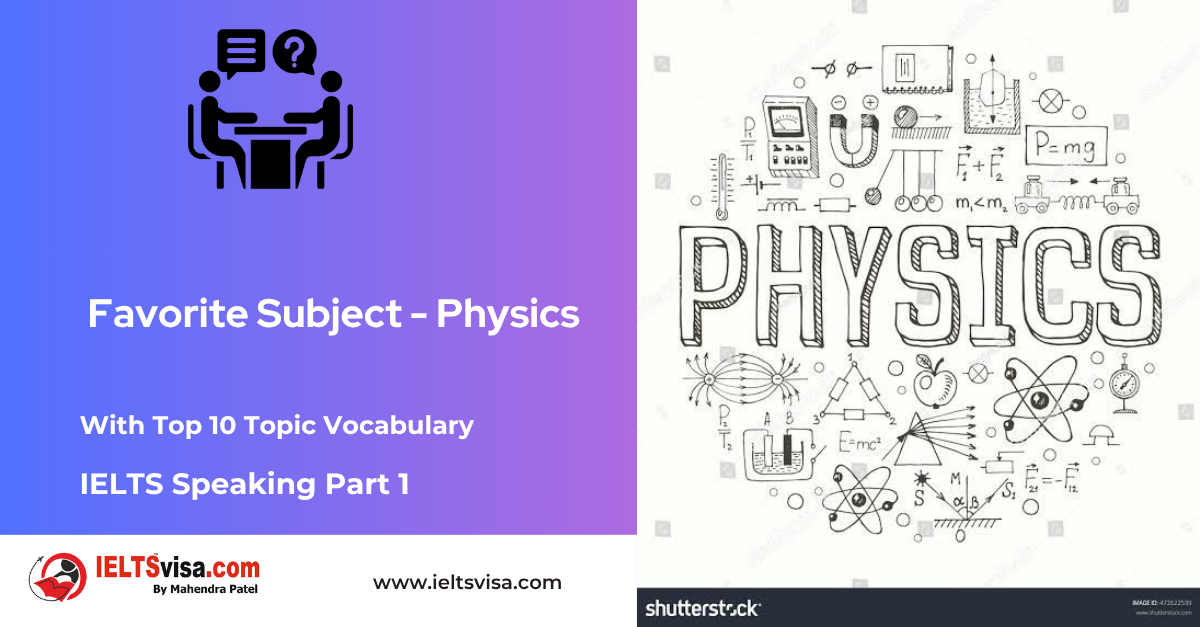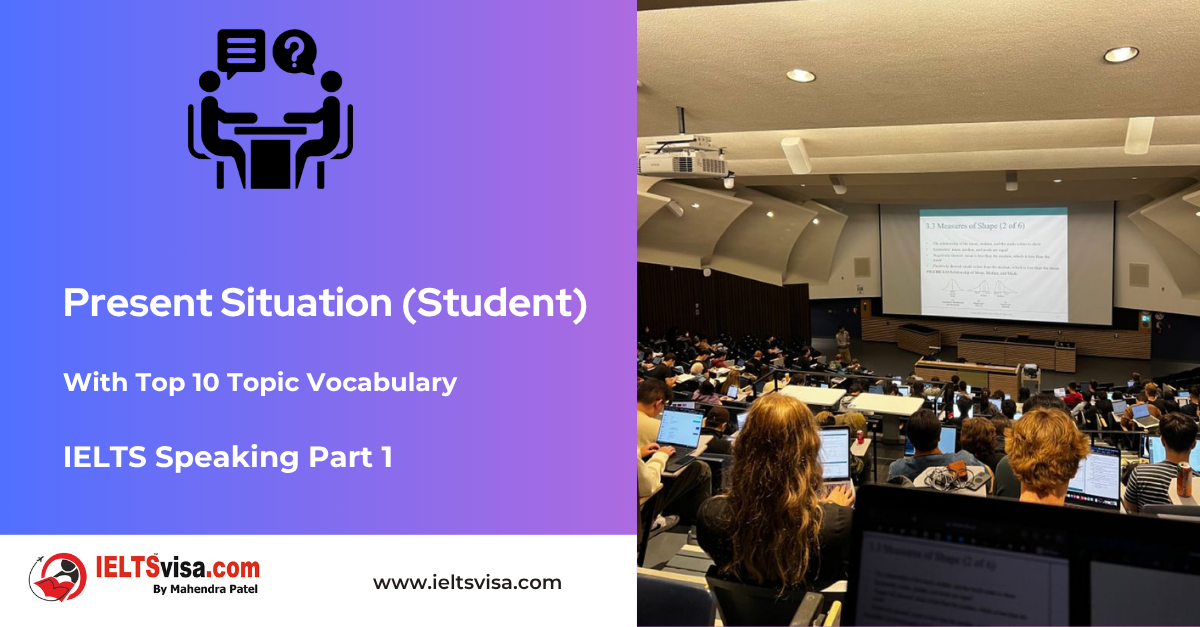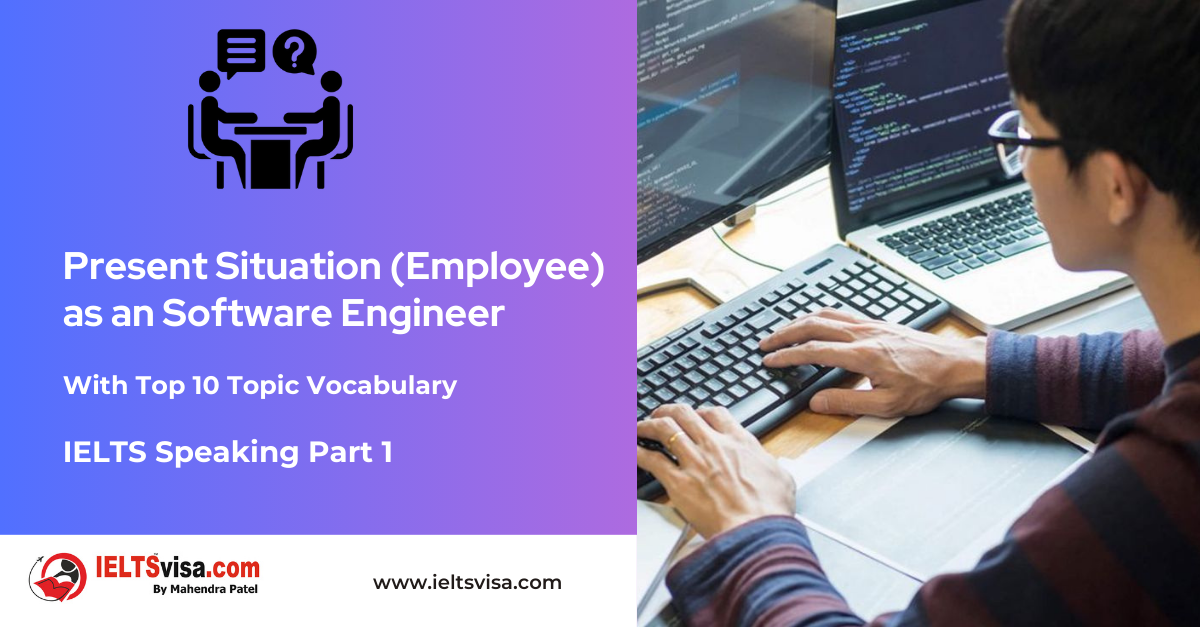Short Forms
Grammar for IELTS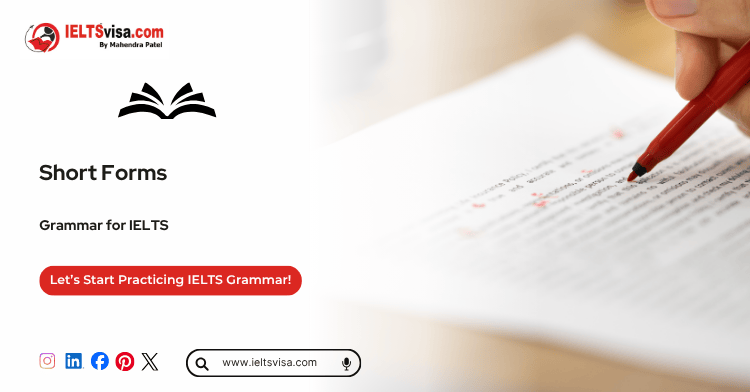
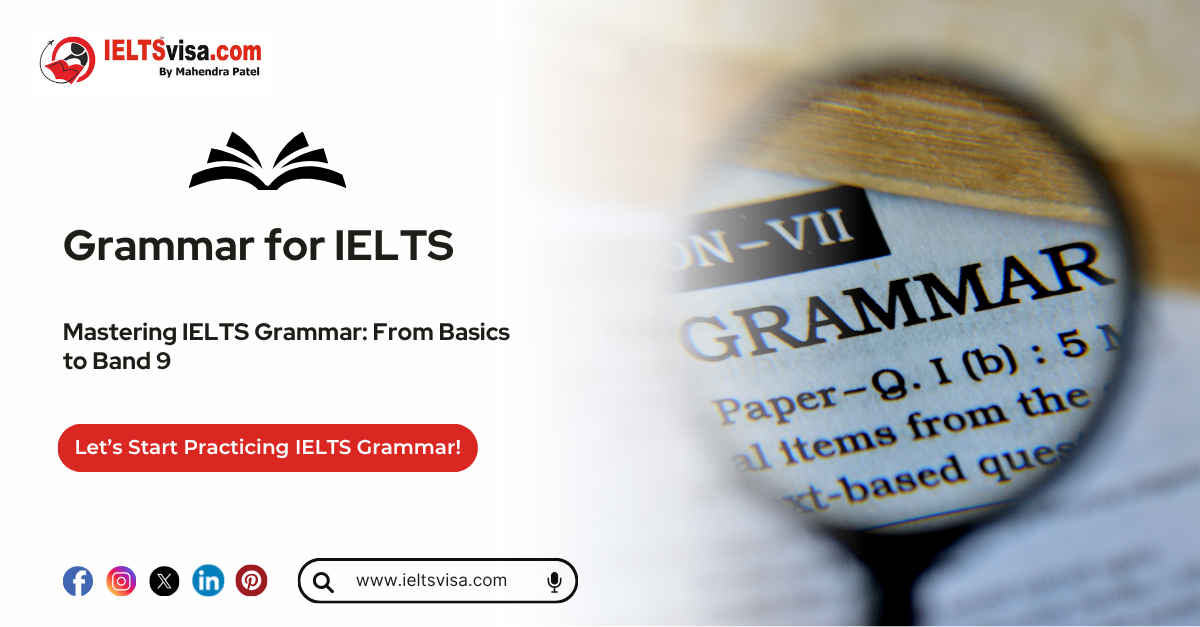
Short Forms
Short forms, also known as contractions or abbreviations, play a crucial role in making English communication more concise and natural. Whether used in casual conversations, text messages, or informal writing, short forms save time and make language more fluid. In this comprehensive guide, we will delve into the world of short forms in English, including their types, usage, and practical examples.
Table of Contents
1. What Are Short Forms?
2. Why Are Short Forms Important?
3. Types of Short Forms
-
- Contractions
- Abbreviations
- Acronyms
- Initialisms
4. Rules for Using Short Forms
5. Short Forms in Spoken vs. Written English
6. Common Short Forms and Their Meanings
7. Practical Usage Examples
8. Tips for Mastering Short Forms
9. Practice Exercises
10. Frequently Asked Questions
1. What Are Short Forms?
Short forms are shortened versions of words or phrases used to simplify communication. They are common in both written and spoken English, particularly in informal contexts. Examples include:
-
- Don’t (Do not)
- ASAP (As soon as possible)
- Dr. (Doctor)
2. Why Are Short Forms Important?
Short forms are important for several reasons:
-
- Efficiency: They save time in both writing and speaking.
- Clarity: They simplify complex ideas.
- Conversational Tone: They make communication sound more natural and friendly.
- Space Saving: Particularly useful in text messages, tweets, and headlines.
3. Types of Short Forms
A. Contractions
Contractions combine two words by omitting certain letters, often replaced by an apostrophe. They are widely used in informal communication.
Examples:
-
- I am → I’m
- You are → You’re
- They will → They’ll
B. Abbreviations
Abbreviations are shortened forms of words or phrases. Unlike contractions, they do not always use apostrophes.
Examples:
-
- Doctor → Dr.
- Example → Ex.
- Information → Info
C. Acronyms
Acronyms are formed by taking the first letters of a phrase and creating a new word. They are often pronounced as words.
Examples:
-
- NASA → National Aeronautics and Space Administration
- UNICEF → United Nations International Children’s Emergency Fund
D. Initialisms
Initialisms are similar to acronyms but are pronounced letter by letter.
Examples:
-
- FBI → Federal Bureau of Investigation
- ATM → Automated Teller Machine
4. Rules for Using Short Forms
1. Context Matters: Use short forms in informal settings, but avoid them in formal writing unless appropriate (e.g., Dr., etc.).
2. Apostrophe Usage: For contractions, replace omitted letters with an apostrophe.
-
- Example: I’m instead of I am.
3. Consistency: Avoid mixing short forms and full forms within the same sentence.
-
- Incorrect: I’ll be there as soon as possible.
- Correct: I’ll be there ASAP.
4. Clarity First:Ensure the audience understands the meaning of the short form.
5. Short Forms in Spoken vs. Written English
- Spoken English: Short forms are ubiquitous in casual conversations. They make speech more fluent and less formal.
- Written English: Short forms are acceptable in informal writing, such as emails, texts, and notes. In formal writing, their use should be limited to established abbreviations (e.g., Dr., etc.).
6. Common Short Forms and Their Meanings
|
Short Form |
Full Form |
Usage |
|
Can’t |
Cannot |
Casual speech and writing |
|
It’s |
It is |
Everyday communication |
|
Don’t |
Do not |
Informal contexts |
|
ASAP |
As soon as possible |
Emails, texts |
|
FYI |
For your information |
Professional and informal |
|
RSVP |
Répondez s’il vous plaît |
Invitations |
|
Etc. |
Et cetera |
Lists |
|
ID |
Identification |
Documents |
|
Info |
Information |
General use |
|
AKA |
Also known as |
Introductions |
7. Practical Usage Examples
A. Contractions in Sentences
-
- I’m going to the market. (I am)
- She doesn’t like spicy food. (does not)
B. Abbreviations in Context
-
- The Dr. will see you now.
- Please send your CV for the job application.
C. Acronyms in Use
-
- NASA launched a new satellite.
- UNICEF is working to provide clean water in rural areas.
D. Initialisms in Everyday Life
-
- The FBI is investigating the case.
- Withdraw cash from an ATM.
8. Tips for Mastering Short Forms
1. Practice Regularly: Use short forms in everyday communication.
2. Learn Common Acronyms: Familiarise yourself with frequently used acronyms, such as ASAP and FYI.
3. Check Formality: Determine whether the context is formal or informal before using informal abbreviations or short forms.
4. Use Grammar Tools: Online tools can help identify when short forms are appropriate.
9. Practice Exercises
Fill in the Blanks with the Correct Short Form:
1. ______ (Do not) forget to bring your ID.
2. She said she ______ (will not) attend the meeting.
3. I’ll send the details ______ (as soon as possible).
4. Please include your address, phone number, and ______ (et cetera).
5. He’s the person ______ (also known as) the problem-solver.
Answers:
1. Don’t
2. Won’t
3. ASAP
4. Etc.
5. AKA
Frequently Asked Questions
Q1. What are short forms in English?
Short forms are shortened versions of words or phrases, such as contractions (I’m) and abbreviations (Dr.).
Q2. Where are short forms commonly used?
Short forms are used in informal writing, casual conversations, and specific professional contexts.
Q3. Are short forms acceptable in formal writing?
In formal writing, avoid short forms unless they are widely accepted abbreviations (e.g., Dr., etc.).
Q4. How can I learn common short forms?
Practice using short forms in daily communication and refer to lists of common examples for reference.

Our Books
Master IELTS Speaking Part 1
IELTS Writing Task 1 Book
IELTS Writing Task 2 Book
Practice IELTS Other Modules
IELTS Listening
The IELTS Listening test assesses how well you can understand spoken English in various contexts. It lasts about 30 minutes and is divided into four sections with a total of 40 questions. The listening tasks become increasingly difficult as the test progresses.
IELTS Academic Reading
The IELTS Academic Reading section assesses your ability to understand and interpret a variety of texts in academic settings. It is designed to evaluate a range of reading skills, including skimming for gist, reading for main ideas, reading for detail, understanding inferences, and recognizing a writer's opinions and arguments.
IELTS Speaking
The IELTS Speaking test assesses your ability to communicate in English on everyday topics. It lasts 11-14 minutes and consists of three parts: introduction, cue card, and a discussion based on the cue card topic.
IELTS General Reading
IELTS General Reading tests your ability to understand and interpret various types of texts. Here are some key areas and types of content you can expect to encounter in the reading section, along with tips for effective preparation.
IELTS Academic Writing Task 1
In IELTS Academic Writing Task 1, you are presented with a visual representation of information, such as graphs, charts, tables, or diagrams, and you are required to summarize, compare, or explain the data in your own words.
IELTS General Writing Task 1
In IELTS General Writing Task 1, you are required to write a letter based on a given situation. The letter can be formal, semi-formal, or informal, depending on the prompt. Here’s a breakdown of the key components to include in your letter
IELTS Academic Writing Task 2
In IELTS Academic Writing Task 2, you are required to write an essay in response to a question or topic. Here’s a guide to help you understand the essential elements of this task
IELTS Exam Tips
To succeed in the IELTS exam, practice regularly, familiarize yourself with the test format, improve your vocabulary, develop time management skills, and take mock tests to build confidence.
Grammer for IELTS
Grammar is the foundation of effective communication in English. Understanding tense usage, subject-verb agreement, and sentence structure enhances clarity and coherence in writing and speaking.
Vocabulary for IELTS
Vocabulary plays a crucial role in the IELTS (International English Language Testing System) exam, especially in the Speaking and Writing sections. Here’s an overview of why vocabulary is important and how it impacts your performance
RECENT IELTS SAMPLES QUESTIONS AND ANSWERS
IELTS Speaking Part 1 – Favourite Sujbect – Physics
IELTS Speaking Part 1 - Favourite Sujbect - Physics Q: What is your favourite subject? A: My favourite subject...
IELTS Speaking Part 1 – Present Situation (Student)
IELTS Speaking Part 1 - Present Situation (Student) Q1: Are you a student or do you work?A: I’m a full-time...
IELTS Speaking Part 1 – Present Situation – Employee – as an International Student and Social Worker
IELTS Speaking Part 1 - Present Situation - Employee - as an International Student and Social Worker Q1: Are...
IELTS Speaking Part 1 – Persent Situation – Employee- as an Electric Engineer
IELTS Speaking Part 1 - Persent Situation - Employee- as an Electric Engineer Q1: What do you do for a...
IELTS Speaking Part 1 – Persent Situation – Employee – as an Software Engineer
IELTS Speaking Part 1 - Persent Situation - Employee - as an Software Engineer Q1: What do you do for a...
IELTS Speaking Part 1 – Persent Situation – Married
IELTS Speaking Part 1 - Persent Situation - Married Q1: Are you married?A: Yes, I am married. My spouse and I...

